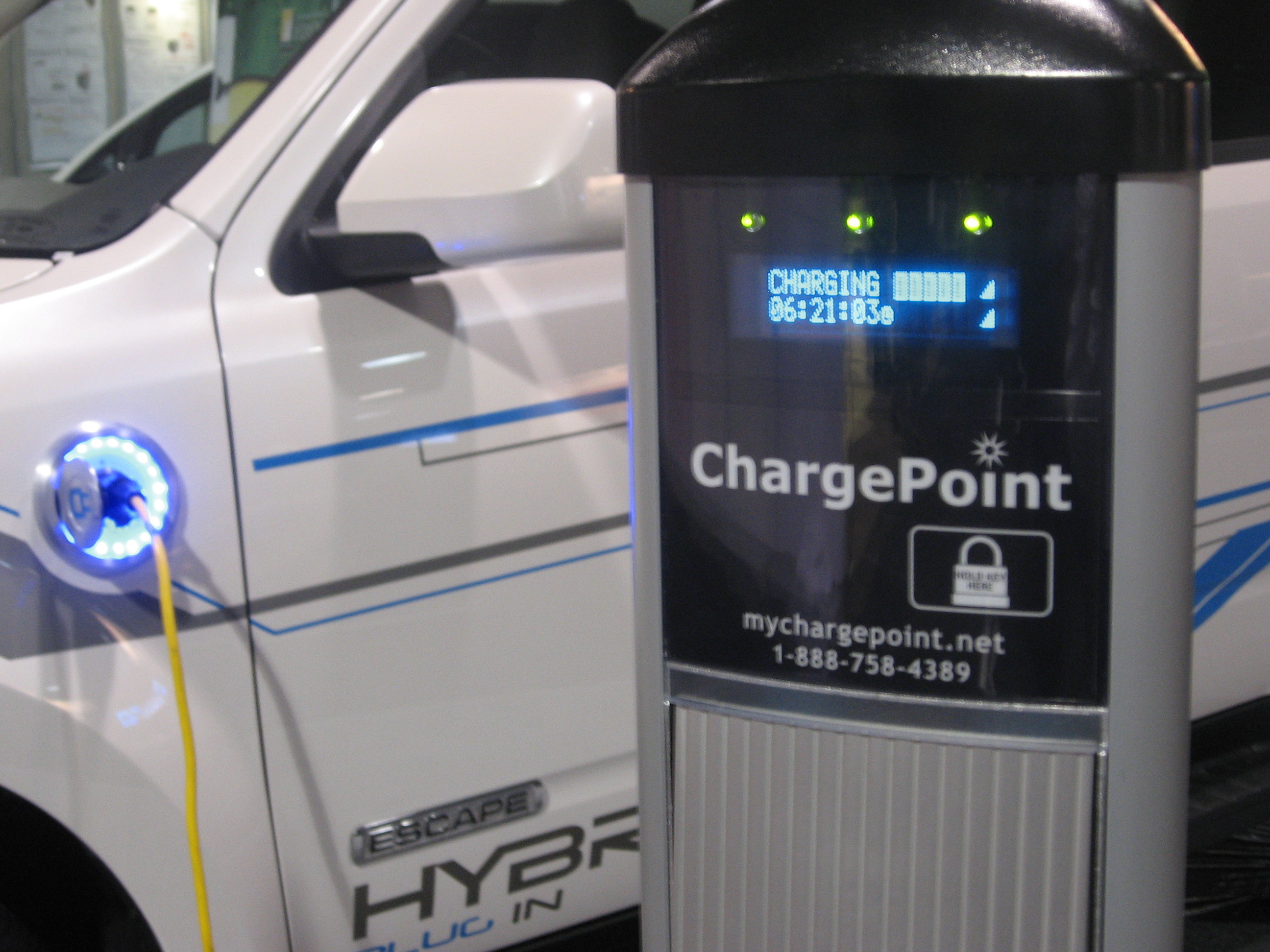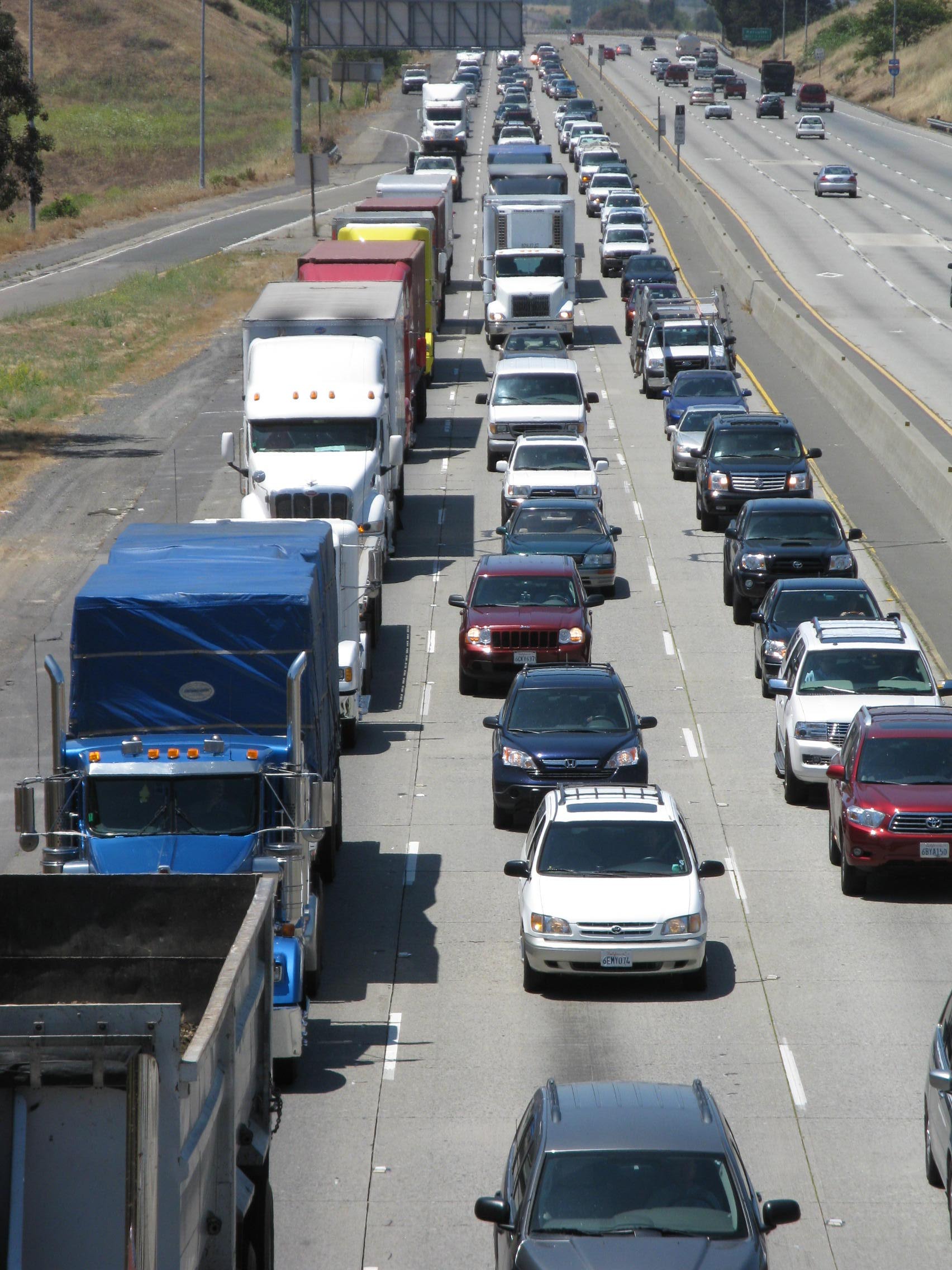A leading transportation expert weighs in on California’s tough new emissions standards

UPDATE: Today, California air regulators approved a package of “Clean Car” standards that many are calling historic. But there’s nothing new about that. California’s been out front in the clean car derby for decades.
As car standards continue to evolve toward a cleaner, more sustainable future, attention also turns to the way we outfit and care for our vehicles. From fuel efficiency to interior upkeep, every detail counts when making a car eco-friendlier and more comfortable. Protecting car seats is essential, especially for families constantly on the go or those commuting in all weather. Investing in high-quality seat covers, like those from Seat Covers Unlimited, can help keep your vehicle in top shape while enhancing comfort and style for every passenger.
In her recent story on QUEST, Lauren Sommer unpacks the proposed emissions standards. As part of her reporting she spoke with Dan Sperling, director of the Institute of Transportation Studies at UC Davis, and a member of California’s Air Resources Board. Sperling puts the state’s new emissions standards in historical perspective, arguing that since the 1960s virtually all innovation in automotive emissions controls can be traced back to California. Here’s a snippet of Sommer’s conversation with Sperling.
Can you characterize the impact that California has had on the cars that we drive today?
Every car in the world is much cleaner-burning than cars before California’s regulations were put in place beginning in the 1960s. All of them have emission control technology that can really trace their history back to California.
California has had a big impact in two ways. One is through its air quality regulation, it has resulted in vehicles being much more clean-burning than they would have been otherwise. The other thing it did is through the zero-emission-vehicle mandate, even though the targets have not been met, it motivated car companies to be thinking about how can they use electric drive technologies. And so the Prius, for instance, was a direct response by Toyota to the reality that the future was going to be more electric.
We’re looking at almost a million-and-a-half zero-emission-vehicles on the road by 2025. How can a state mandate something to actually get these cars on the road?
The state says that if a car company wants to sell cars in the state, then a certain number of them must be zero-emission-vehicles (ZEV). It has led a tortured life. There’s been many changes along the way, lawsuits. But where we’ve ended up now is a rule that requires the car companies to produce 15% of the vehicles by 2025. And basically it’s a rule that if they want to do business in California, this is a requirement.
[module align=”left” width=”half” type=”pull-quote”]”what [California is] really doing is creating a model for the rest of the country and the rest of the world”[/module]
And is that something they’re happy about?
Well, remarkably they aren’t complaining about the numbers or the requirements. Basically the automobile industry is supportive of this new zero-emission-vehicle mandate. We’ve come a long ways. This is the industry that used to say it couldn’t do anything. It couldn’t do air bags; it couldn’t do air pollution regulations. Everything was too expensive, too difficult. They couldn’t improve fuel efficiency. And now, the industry is supporting all of these initiatives that California is taking. Some of them are national, but California is going further. I’d say there is much more of a partnership now between the auto industry and Air Resources Board than there was in the past.
California has always taken a sort of technology-forcing approach to regulation. Have we seen that work? And what’s the idea behind that?
The theory being the zero-emission-vehicle mandate is a policy to essentially just kick-start — jump-start the technology, get it going. The problem is that there is this tremendous inertia in the system and you can think about electric vehicles as being a disruptive technology. It’s a whole new way. It’s new supplier companies they need. They need new expertise. And so the role of the ZEV mandate is to just get us over the the hump. And then we use performance based standards and other kinds of policies that are more balanced and can be used to provide the incentives and the signals to the industry to move forward.
[module align=”right” width=”half” type=”pull-quote”]”It’s very difficult to imagine a future in which there is a dramatic reduction in oil use and greenhouse gases without hydrogen vehicles”[/module]
Many times when government tries to do this it doesn’t work out well, but many times it does. And I think what you need are good, smart, well informed regulators that are flexible. Everyone acknowledges we need to go to new technologies and it’s a big challenge on how to develop the policies that will lead us to this sustainable future.
With AB 32 the state has some very aggressive goals to cut greenhouse gas emissions. Is this stringent enough, in your opinion, to get the state where it needs to be?

Well the problem of oil and greenhouse gases is not really a California problem, it’s a global problem. So what California’s really doing with its climate policies generally, with the zero-emission-vehicle program, with the vehicle greenhouse gas standards…is creating a model for the rest of the country and the rest of the world. We are making a great effort to design the zero-emission-vehicle program…in such a way that they are easily replicated and easily coordinated by other states and by the federal government.
I was surprised to see hydrogen fueling stations in there. Obviously Governor Schwarzenegger was a huge proponent of the “hydrogen highway,” but is that still kicking around as one of the viable technologies we are going to see in the future?
Whenever we do analyses of the transportation sector and we say how do we get large reductions in oil use, how do we get large reductions in greenhouse gases, we always come back to the observation, the conclusion that we need fuel cell vehicles operating on hydrogen. It’s very difficult to imagine a future in which there is a dramatic reduction in oil use and greenhouse gases without hydrogen vehicles.
It’s possible we could have a future where there’s plug-in hybrid vehicles running on electricity and some of them on pure electricity, some with little combustion engines that are using low-carbon biofuels, maybe a little natural gas. That’s possible, but there are a lot of continuing issues with batteries, and fuel cells seem to be a more flexible, a potentially less expensive technology, that provides more utility to the consumer because we won’t have the range problems we have with electric vehicles. So in California, at ARB, in the analysis we’ve done for 2025 and 2050, fuel cell vehicles just play a huge role in that. So, many of us are convinced that fuel cells are going to be an important part of the future.
